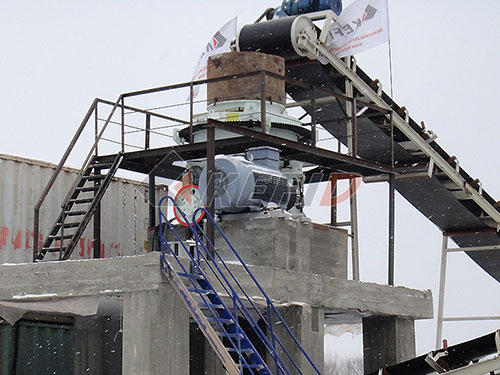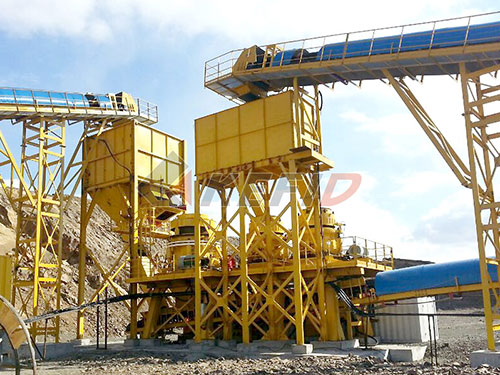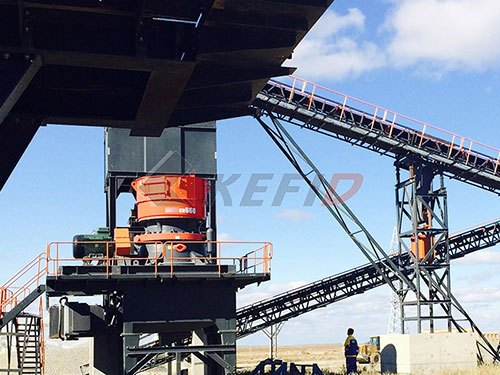The Ultimate Guide to Crusher Screen Mesh Suppliers & Pricing for the Colombian Market
Colombia’s vibrant mining, quarrying, and construction sectors are engines of economic growth. At the heart of efficient aggregate production lies a critical, yet often underestimated component: the crusher screen mesh. Selecting the right supplier and understanding the intricate factors influencing list prices is paramount for operational efficiency and cost management. This comprehensive guide delves deep into the Colombian market for crusher screen mesh, providing valuable insights for buyers navigating this essential procurement.
Understanding Crusher Screen Mesh: The Backbone of Screening Efficiency
Crusher screen mesh, also known as woven wire screen cloth or vibrating screen mesh, is fabricated from high-tensile steel wires (typically carbon steel like 65Mn or 70 high-carbon steel, or stainless steels like 304/316) woven into precise apertures. Its primary function within crushing and screening plants is to:

1. Classify Aggregates: Separate crushed rock, gravel, sand, ores (like coal, nickel, gold), and recycled materials into specific size fractions (e.g., 0-5mm sand, 5-10mm gravel, 20-40mm aggregate).
2. Improve Product Quality: Ensure final products meet stringent specifications by removing undersized or oversized particles.
3. Protect Downstream Equipment: Prevent oversized material from damaging crushers or entering final product stockpiles.
4. Optimize Throughput: Efficient screening maximizes plant capacity by ensuring only correctly sized material moves forward.
Mesh performance hinges on several key characteristics:
Material: Carbon steel (cost-effective, good wear resistance), High Carbon Steel (enhanced wear resistance), Stainless Steel (corrosion resistance for wet/salty environments), Manganese Steel (extreme impact/abrasion resistance), Polyurethane/Polyester Rubber (modular panels for specific applications like dewatering).
Aperture Size & Shape: Square (most common), rectangular (slot screens), custom shapes; measured in millimeters (mm) or inches (“).

Wire Diameter: Thicker wires offer greater strength and longevity but reduce open area; thinner wires increase open area but may be less durable.
Weave Type: Plain weave (standard), lock crimp (prevents wire movement under load), double crimp (increased stability), tensioned hookstrip panels.
Open Area Percentage (%): Crucial for throughput efficiency – higher open area allows

Leave a Reply